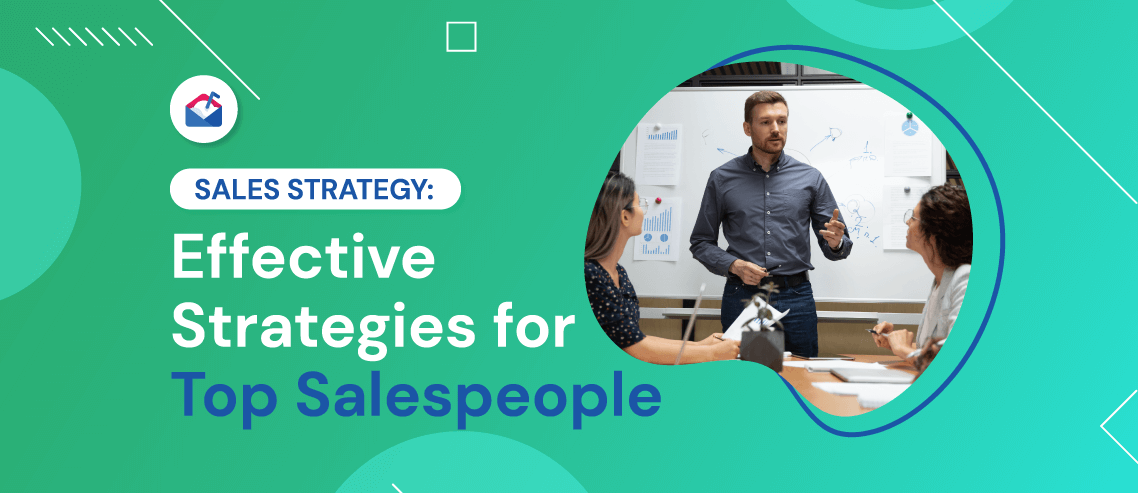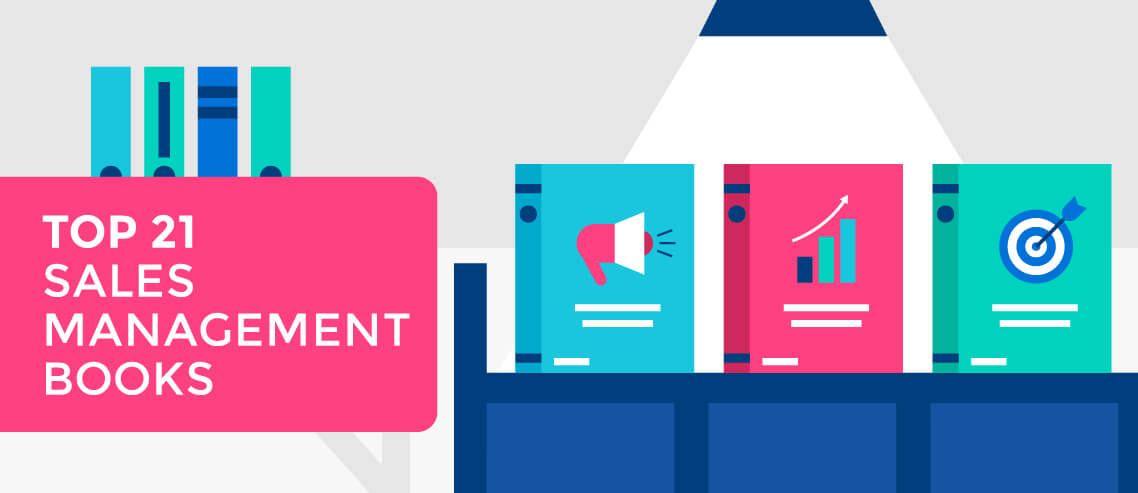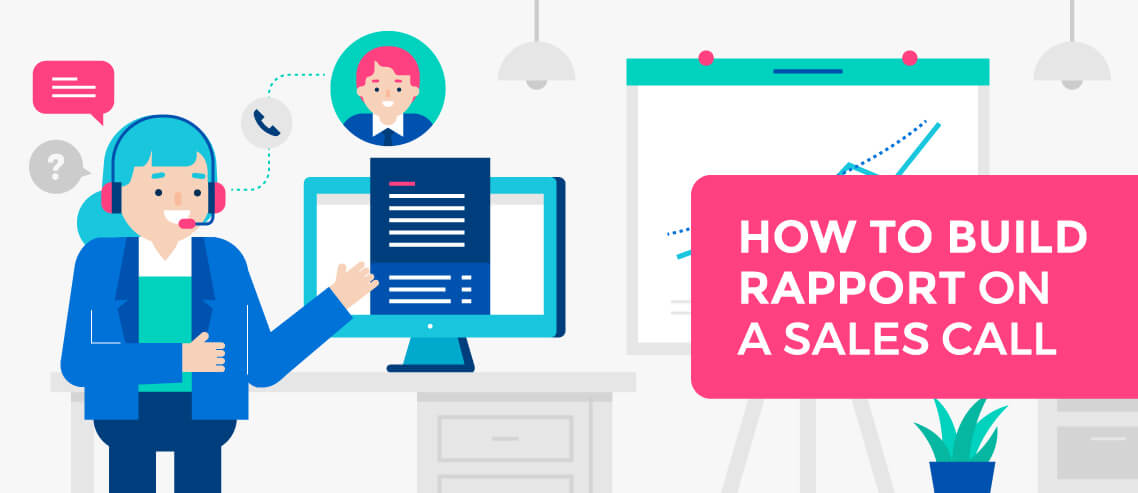Sales Strategy: 7 Effective Strategies for Top Salespeople

Contents
Whether you work at a Fortune 500 company, a startup, or a small family-owned business, there’s one universal truth — we all want more sales.
Closing deals is the lifeblood of any great company, and if you’re not actively growing, you’re slowly fading away. With that in mind, we rounded up the top seven sales strategies to help you close more deals and bring in more revenue.
But first, let’s take a closer look at what a sales strategy really is, and what that means for your business.
What is a Sales Strategy?
In simple terms, a sales strategy is the plan a company follows to sell its products and services. It’s likely that the sales strategy will evolve over time for various reasons. Sometimes the shift in strategy is small and related to internal performance. Other times it’s a bigger shift and is related to market conditions or competitive threats.
Ultimately, a sales strategy will answer a handful of critical questions:
- What are we selling exactly?
- Who are we selling to?
- How are we going to get the word out about what we’re selling?
- Why are we selling this way?
The answers to these questions will vary by industry and organization. What shouldn’t change is the specificity of each answer. The better you and your team know the sales strategy, the easier it’ll be to execute on it.
Why is it Important To Have a Sales Strategy?
Having a rock-solid sales strategy comes with myriad benefits. Some benefits will enhance the customer experience, others will improve the sales team’s performance, and all of them will — hopefully — improve the company’s bottom line.
Arguably the most important reason for having a documented sales strategy is to provide leaders with a benchmark for success. Having a defined strategy gives the entire sales organization a target and agreed-upon methods for hitting it.
Once you have a strategy and communicate it clearly, you’ll find that it’s easier for frontline leaders and directors to develop a path, set up key performance indicators (KPIs), and drive the outcomes needed week after week to hit strategic goals on time.
Types of Sales Strategies
There are two main types of sales strategies, and both play an important role in any effective sales organization:
1. Inbound sales strategy
Inbound sales stem from potential customers who reach out directly to the organization. They’re aptly titled because it’s the customer that’s taking the initiative to express their interest in your products or services. They’re the ones proactively reaching out to speak to someone about answering their questions, seeing a demo, or making a purchase.
More often than not, it’s up to the marketing team to generate inbound leads via advertisements, brand awareness campaigns, or from business development reps proactively reaching out to drum up interest. From there, sales development reps take those leads and help qualify them before passing them up to closers.
2. Outbound sales strategy
Outbound sales strategies are pretty much the opposite of inbound. In this scenario, it’s your sales team reaching out via cold or warm methods such as email, phone calls, and social selling. The goal of outbound sales is to identify prospects, connect with them, generate interest, advertise a potential solution, and close the deal.
Each strategy has its own merits, which is why many organizations opt for a hybrid approach that leverages both in some capacity.
7 Effective Sales Strategies for Top Salespeople
Now that we’ve established what exactly a sales strategy entails, let’s look more closely at seven sales strategies high-performing sales reps use to close more deals:
1. Keep the Focus Tightly on ROI
Why does anyone buy anything? The simple answer to that question is return on investment (ROI). Purchasing goods, services, or software provides returns in the form of time saved, money saved, or access to some other type of opportunity.
Top salespeople know that clearly articulating the ROI of their products and services to the prospective customer is everything. In his book, the Psychology of Selling, Brian Tracy writes, “People buy for their own reasons, not for yours.”
As a sales rep, it’s entirely up to you to build a relationship that helps you understand their needs. By asking the right questions, providing value, and conveying a sense of authority, it’s possible to get prospects to lower their guard and open up about their problems or goals.
When prospects do open up, ask open-ended questions and dig deep to determine exactly what solving their problems or helping them achieve their dreams would mean. More importantly, try to discover how much they’d pay for it (and how eager they are to act). From there, keep the focus on ROI by painting a picture of how the results they’d gain from your product or service would change their life.
2. Talk About Results, Not Product
Sales reps need to be experts in the product or service they’re selling. They need to be able to answer difficult technical questions and explain how things work.
But your pitch shouldn’t focus on the ins and outs of the product or service – instead, it needs to relay value to a potential buyer.
This is a trickier skill to master. Remember that when it comes to B2B selling, conversions are king.
In order to appeal to that winning philosophy, sales reps must understand their prospects’ goals, challenges, pain points, plans, budgets, and timelines. Only then are they truly able to position their services as a solution.
When it comes to a results-based pitch, you need to go for cold, hard evidence. Look at how far their client is from their goal, what they need to do to get there, and how your product or service can speed up or ease this process.
But then consider how else your product could or service help their business outside of their immediate challenge.
Use case studies to demonstrate what could be possible in the organization if only they had your product or service – and your own expertise – in their arsenal.
3. Use Lead Scoring to Prioritize Your Prospects
A major pain point for many sales reps is wasting time on prospects who are never going to buy.
It might seem like you’re onto a good thing, as you enjoy a humorous email correspondence or message back and forth at lightning speed on LinkedIn.
But then they disappear into the ether, never to be heard from again. Meanwhile, a lead who genuinely did want to buy is feeling neglected and looking elsewhere.
This is where qualification comes in. But once your leads are qualified, how do you prioritize them?
Lead scoring is the perfect solution when you’re juggling a large quantity of leads. This will help you prioritize your prospects, based on how likely each deal is to close quickly.
So how does lead scoring work?
It’s a simple concept that uses a point system which ranks prospects on a scale of one to ten.
If you land a new lead with the job title of CEO, the fact they top the decision making hierarchy would likely see them assigned a ten. Someone on manager level, meanwhile, may get a four or five, because they would most likely need to convince other internal stakeholders before signing on the dotted line.
Once you’ve scored all your leads, your outreach efforts can begin, starting with the highest scores.
4. Use Storytelling
Storytelling has been a buzzword in marketing for years, and now it’s entered the domain of sales.
Why is storytelling such a useful tool when it comes to selling?
It’s all about how our brains are hardwired.
As Stanford Graduate School of Business professor Jennifer Aaker told The Guardian, “research shows our brains are not hard-wired to understand logic or retain facts for very long.
“Our brains are wired to understand and retain stories,” she explained. “A story is a journey that moves the listener, and when the listener goes on that journey they feel different. The result is persuasion and sometimes action.”
This means that by using storytelling as a segment of your sales strategy, you’re tapping into thousands of years of evolution that have left your prospect’s brain ready and waiting to soak up stories.
There’s no part of the sales process that doesn’t benefit from storytelling.
Use it to tell prospects who you are, to get your sales message across. Use it to tell them how you could help them, and how you’ve helped similar brands in the past. Use it when it comes time to renew their contract and you need to report back on how their first year with your product or service has gone.
5. Develop a Consistent Sales Message
What differentiates your solution from those of your competitors?
What value do you create for your customers?
These are the points you need to hit – and hit well – in every single pitch. They make up your sales message.
The good news is this gets easier the more you pitch. You can hone and refine your messaging depending on your feedback and your strike rate.
In the early days, consider doing a little A/B testing around how you get these points across in order to find out which method of contact or phrasing are the most effective.
It’s super important to remember that your sales message needs to have meaning to your potential customers.
Take differentiating yourself from the competition, for example.
You’re confident you have the best product on the market – it has 10 more features and 20 more integrations than your closest rival. But just rattling this off may not strike the chord you need it too.
Instead look at the specs of your product that will mean the most to the buyer. If you know they rely on Salesforce – and your solution has a Salesforce integration that no one else has mastered – focus on that. If you’re selling to a supply chain manager, and your product has real time stock stats, make a really big deal of that.
Ultimately, you need to use storytelling. Give your lead examples of when your product would be much more useful than your competitors, in their own day-to-day setting.
Simply listing everything your solution can do may also overwhelm the buyer and make them feel like it’s much more than they actually need – and that they could get a better deal elsewhere.
6. Create the Urgency to Change
It’s not uncommon for prospects to stall out in the sales process. Maybe they flake out after the demo, or they get cold feet after your proposal. Every section of the funnel is a new opportunity for a contact to go dark on you. So what can you do about it?
For starters, you work to instill a sense of urgency. Some of your prospects may have dealt with the problem you’re trying to solve for them for years — even decades. It’s easy to see why they’d be thinking, “what’re a few more months going to hurt?” It’s up to you to figure out if that’s the case and — if it is — to motivate them to make a change sooner.
One way to instill a sense of urgency to change is to run the numbers on what solving the problem would mean for them. If your solution costs a few hundred dollars a month and the problem is costing them thousands each month, then some simple math might motivate them to make a change. You can also focus on creating an offer that’s hard to refuse or that has time restrictions. Don’t lie, but if your prices are going up or if you may be discontinuing a package altogether, make it clear to your prospect.
7. Automate Follow-up Processes
The tech is now out there to allow you to boost your manpower infinitely without hiring any extra sales reps.
By using automation tools, you can save valuable time at many stages of the sales cycle – and follow-up processes are the best place to start.
It’s no secret that following up on leads and opportunities can use up the bulk of a sales rep’s day.
Employ the right technology and processes, and this will be done for them – allowing them to spend their time where it is most needed, and boost productivity in the meantime.
Leveraging Mailshake’s Lead Catcher system is an easy win here. Mailshake automatically drives your cold email campaigns and alerts you when someone replies or engages. That way, you can take over and send a personalized email in the moment that’s more likely to result in a booked meeting or a closed deal.
Taking the Lead
Deploying a winning sales strategy doesn’t necessarily mean you have to spend tons of money on software or reinvent the way your sales team does business. Sometimes it can mean implementing a simple, but effective tool like Mailshake. Other times it might mean making little tweaks to the strategies you deploy. The options are infinite, and that’s half the fun of succeeding in sales.





